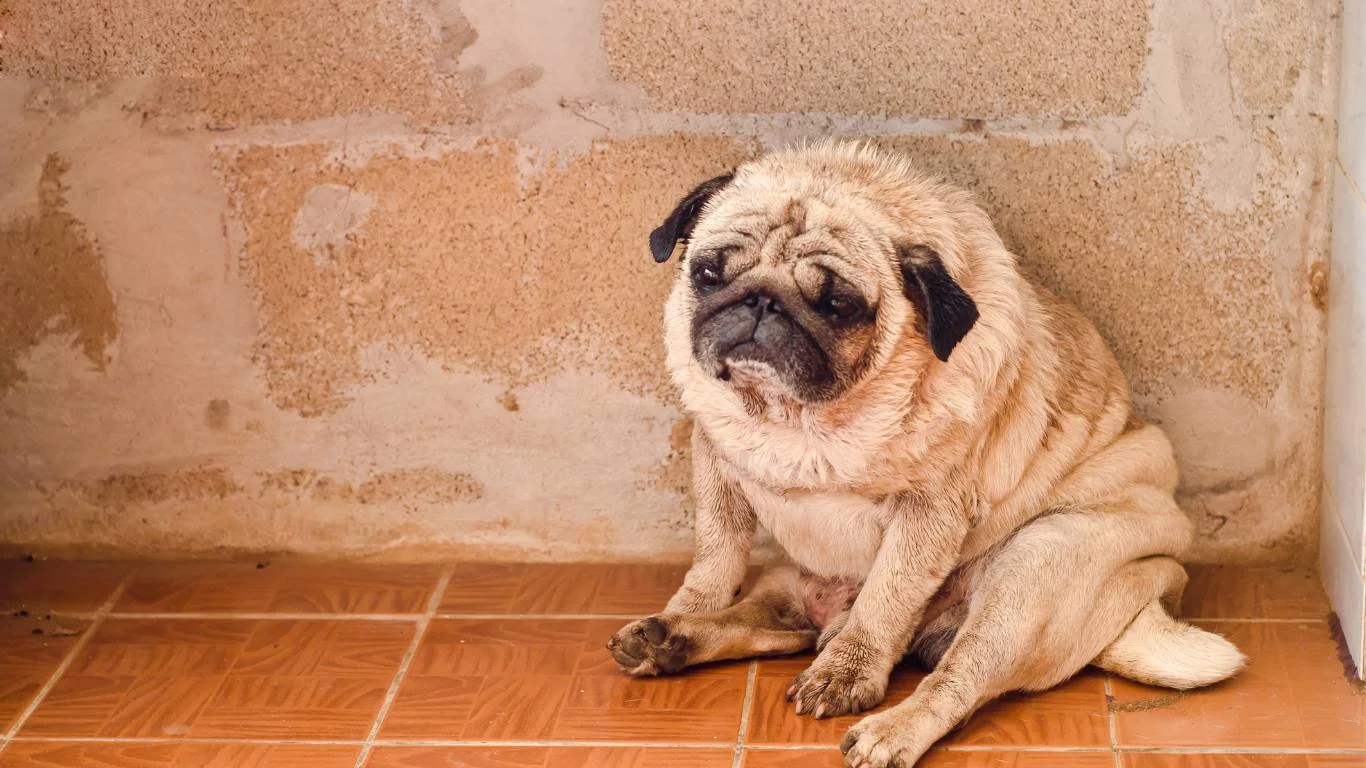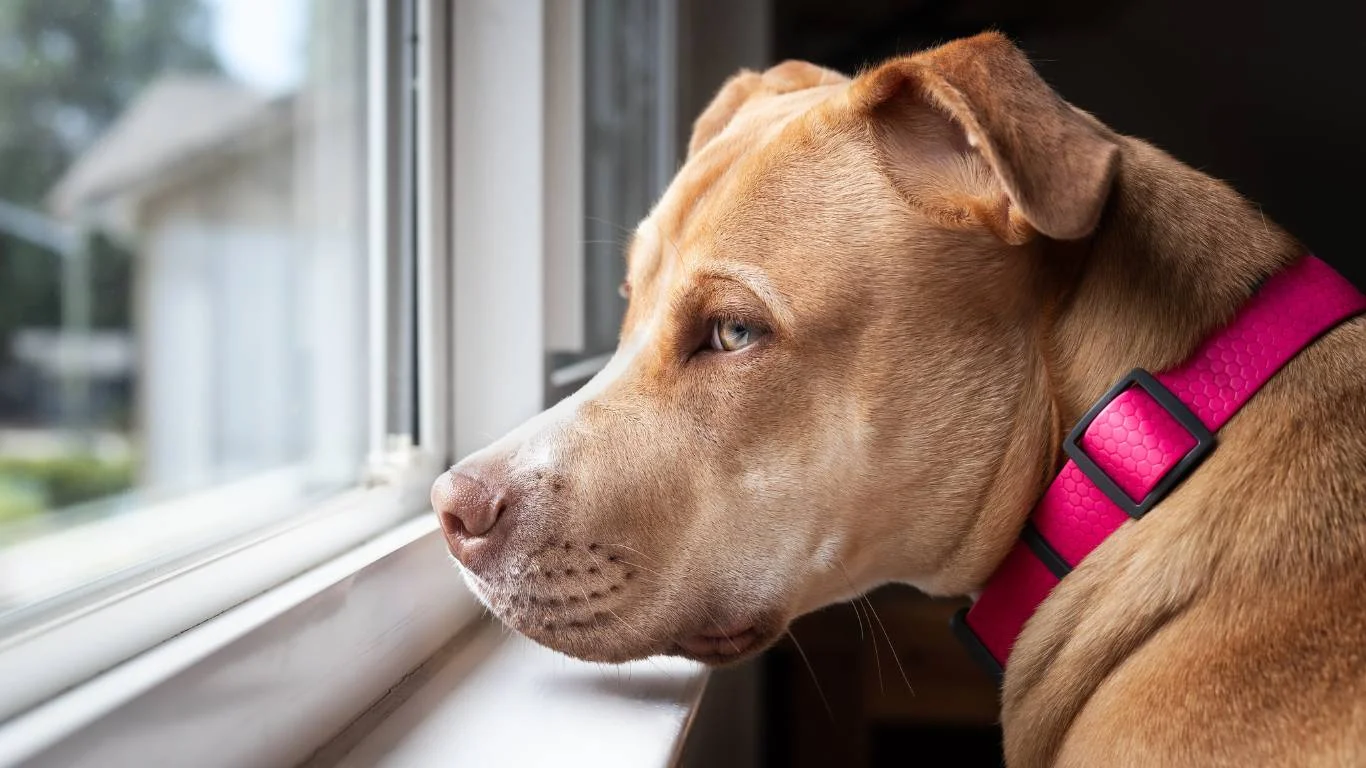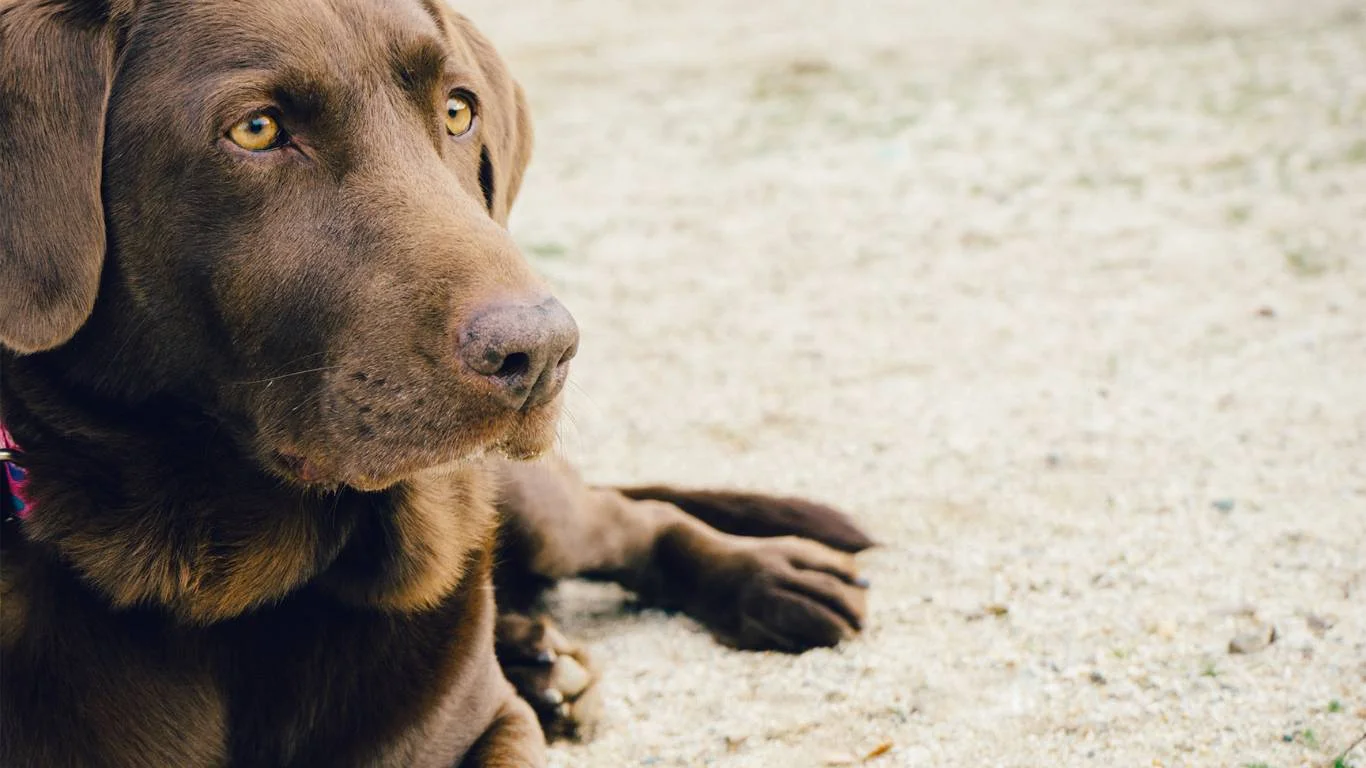How to Get Rid of Tear Stains on White Dogs – Simple & Effective Solutions
If you’ve got a fluffy white pup at home, chances are you’ve faced the dreaded reddish-brown marks that form beneath their eyes. Yep, I’m talking about tear stains. One of the most common questions I get at the clinic, especially from pet parents of breeds like Maltese, Bichon Frise, and Poodles, is how to get rid of tear stains on white dogs. Trust me, I’ve been there—up close and personal—trying to gently clean crusty eye gunk off a very wriggly Pomeranian named Daisy. It’s not glamorous, but it’s part of keeping our dogs comfortable and healthy. Let’s break down what’s going on and what you can actually do to help.
What Are Tear Stains, Really?

Tear stains are those rusty-looking marks you often see under a dog’s eyes, especially on light-colored fur. They’re usually caused by excess tear production (known as epiphora) that doesn’t drain properly, so the tears end up sitting on the fur and interacting with bacteria and yeast.
In my experience, tear staining isn’t just a cosmetic issue. It can actually signal an underlying problem. I once worked with a Cocker Spaniel named Marley who kept coming in with irritated skin under his eyes. After doing a little digging (and I mean both medically and behaviorally), we figured out he had a mild food sensitivity that was triggering excess tearing. Once we adjusted his diet, things cleared up beautifully.
Why White Dogs Seem to Suffer More

This part is pretty straightforward, but still important to mention. Tear stains are more noticeable on white dogs simply because of contrast. But it’s not just about visibility—white coats can actually absorb and show the discoloration more easily due to the lack of pigment in the fur.
On top of that, breeds with shallow eye sockets or flat faces (like Shih Tzus, Bulldogs, or Pekingese) tend to have more tear drainage problems. Combine that with a light coat, and you’ve got a recipe for some gnarly stains if left unmanaged.
Common Causes of Tear Stains on Dogs

1. Genetics and Breed Characteristics
Some dogs are just more prone than others. Flat-faced breeds, dogs with shallow eye sockets, or those with inward-turning eyelids (entropion) are more likely to struggle. It’s not their fault—it’s just the way they’re built.
2. Eye Irritation and Allergies
This is a big one. Just like us, dogs can react to environmental triggers. I’ve seen dogs react to everything from seasonal pollen to scented cleaning products in the home. Irritation causes the eyes to water more, and boom—tear stains.
3. Poor Diet or Food Sensitivities
Remember Marley? A poor diet or food sensitivity can trigger inflammation, excess tearing, and even affect the health of the skin around the eyes. Nutrition plays a massive role here. Dogs on low-quality kibble with fillers and artificial additives are more likely to suffer from tear staining.
4. Blocked Tear Ducts
Sometimes, it’s as simple (or complicated) as a blockage in the tear ducts. This can be congenital or the result of an infection or injury. If your dog’s eyes are always wet, it might be time to have a vet flush the ducts to see what’s up.
5. Yeast and Bacteria Build-up
Moisture from the tears creates a perfect environment for yeast, particularly Malassezia, which causes that reddish-brown stain and sometimes a bit of an odor. Gross, but treatable.
First Things First: Talk to Your Vet
I know it’s tempting to dive straight into a DIY routine, but before you go rubbing coconut oil and apple cider vinegar near your pup’s peepers, make sure there’s not something medical going on. Tear stains can be a symptom of infection, eyelid abnormalities, or even dental issues (yep, teeth and eyes are connected by more than just cuteness).
At the clinic, we start by doing a fluorescein stain test to check if the tears are draining properly and make sure there’s no corneal damage. Sometimes we’ll flush the tear ducts or prescribe a gentle antibiotic if there’s any sign of infection. It’s a simple step that gives you peace of mind before exploring natural remedies or dietary changes.
Daily Cleaning Routine That Works
Okay, once you’ve ruled out anything serious, it’s time to get into a solid tear stain cleaning routine. Here’s what I recommend based on what’s worked with my clients—and my own pup, Niko, who’s basically a snowball with legs.
Step-by-Step Tear Stain Care
- Use a gentle, dog-safe eye wipe: I like using wipes that contain ingredients like aloe and chamomile. Avoid anything with hydrogen peroxide or harsh chemicals.
- Keep the fur trimmed: Long hair around the eyes can trap moisture and lead to more staining. Ask your groomer for a sanitary trim around the eyes.
- Dry the area completely: After cleaning, pat the area dry with a soft cloth. Moisture is the enemy.
- Try a natural tear stain remover: Look for one with natural antimicrobials like colloidal silver or boric acid. These can help control the yeast growth.
One little trick I picked up: a tiny bit of cornstarch (applied carefully, away from the eyes) can help absorb moisture and prevent staining. But again—check with your vet before trying anything new.
Nutrition Matters More Than You Think

Now let’s talk food—because honestly, what your dog eats can show up right on their face. In my role as a Veterinary Assistant with a nutrition focus, I’ve seen firsthand how dietary tweaks can do wonders. Tear stains often clear up significantly when a dog is transitioned to a high-quality, limited ingredient diet. No kidding—I’ve watched it happen more times than I can count.
Dogs fed kibble loaded with artificial dyes, fillers like corn or soy, or low-quality meat by-products tend to experience more inflammation in general. That inflammation can show up in all kinds of ways—itchy skin, ear infections, and yep, you guessed it: excess tearing and tear staining.
Foods That May Help Reduce Tear Stains
- Grain-free or limited-ingredient diets – Helps reduce inflammation and allergic reactions.
- Omega-3 rich foods – Salmon or flaxseed oils can support eye and skin health.
- Probiotics and prebiotics – Supports gut health, which impacts everything else.
- High-moisture diets – Wet food or a raw diet can help with hydration and detoxification.
I remember switching one of my regulars, a sweet old Maltese named Lolly, to a fresh-cooked food service after her mom and I went over her diet history. Within weeks, those reddish stains around her eyes were noticeably lighter. It wasn’t just the food—it was the combo of nutrition and a consistent routine—but it definitely played a big role.
Hydration and Water Quality

Here’s something that gets overlooked a LOT: the kind of water your dog is drinking. Tap water in some areas contains minerals like iron or chlorine that can contribute to staining. You wouldn’t think water could cause tear stains—but it can!
If you’ve tried everything else, try switching to filtered or distilled water for a couple of weeks and see if it helps. I had a client do this with her Bichon and she emailed me after 10 days saying, “Okay, is it weird that I think the stains are fading??” Not weird at all. It’s real.
Tips for Encouraging Better Hydration
- Use ceramic or stainless-steel bowls instead of plastic—they’re less likely to harbor bacteria.
- Offer ice cubes as treats or add a splash of low-sodium bone broth to their water bowl.
- Clean water bowls daily to avoid mold and buildup that can irritate your dog’s system.
Environmental and Seasonal Factors

Another angle to consider: your dog’s surroundings. Allergies don’t just affect humans. Dogs can react to pollen, dust, household cleaners, perfumes, laundry detergents—you name it. Seasonal changes are a big one. Every spring and fall, we see a spike in tear stain cases at the clinic.
Keep an eye on how your pup reacts to different seasons. If their eyes are running more in the spring or fall, it might be environmental allergies causing the issue.
Reduce Irritants at Home
- Switch to fragrance-free detergents for bedding and blankets.
- Use an air purifier if your dog stays indoors most of the time—especially during allergy season.
- Wipe their face daily with a damp cloth after walks or playtime outside.
When I lived in a more rural area, my dog Niko used to run through the fields like a little white cloud on a mission. Cute as that was, his eyes would water like crazy from pollen and field dust. After every outing, we’d do a quick wipe down around the eyes, paws, and muzzle—and it made a noticeable difference.
Grooming Habits That Help Keep Stains Away
Proper grooming is low-key one of the most effective ways to manage tear stains over the long term. It’s not just about looking good—it’s about staying healthy. Excess fur around the eyes can trap moisture and bacteria, which leads to staining.
Grooming Tips for White Dogs
- Schedule regular trims to keep fur around the eyes short and manageable.
- Use a flea comb to gently remove debris or crust around the eyes daily.
- Avoid getting shampoo near the eyes during baths—it can irritate and cause tearing.
One little trick I’ve shared with clients is to use a warm chamomile tea bag (cooled, of course!) as a gentle compress around the eyes. It’s soothing, and chamomile is naturally anti-inflammatory. My old Yorkie mix, Bitsy, loved it—she’d practically fall asleep while I did it.
Natural Supplements and Tear Stain Support Products
There are a bunch of products on the market promising to eliminate tear stains overnight. Spoiler alert: most don’t. But there are a few supplements and treatments that I’ve seen work, especially when used consistently and alongside other lifestyle changes.
What to Look For in Tear Stain Supplements
- Natural antimicrobials like cranberry, marshmallow root, or eyebright.
- Digestive support like enzymes and probiotics to help the gut process proteins better.
- Low-yeast formulas that help reduce the microbial load on the skin and in the tear ducts.
But remember: supplements aren’t magic pills. They work best when paired with a clean diet, good grooming habits, and consistent care. It’s all about creating a routine that supports your pup’s health from the inside out.
In the next section, we’ll get into how to choose the best products and what ingredients to avoid when tackling tear stains for good.
Choosing the Right Products for Tear Stains

By now, you’ve got a pretty good understanding of the factors contributing to tear stains, and you’re probably wondering, “What products should I actually use?” Well, here’s where things get a little tricky. There’s a lot of hype out there with tear stain removers, wipes, and supplements. But as with anything, it’s important to know what to look for—and what to avoid.
Personally, I’ve worked with a ton of different products, and it’s always a balance between gentle and effective. After all, we’re talking about our fur babies, not an easy DIY cleaning project. The last thing you want is a product that makes the stains go away but causes irritation, burning, or worse—skin infections.
What to Look For in Tear Stain Products
Here are a few things to keep in mind when choosing a product for your pup:
- Natural Ingredients – Look for products that use natural ingredients like chamomile, aloe, or tea tree oil (in low concentrations). These ingredients are gentle on the skin and less likely to cause adverse reactions.
- Non-Abrasive – Avoid anything too harsh like hydrogen peroxide or bleach. These can damage the delicate skin around your dog’s eyes and cause even more problems down the road.
- Anti-Yeast Properties – Tear stains often come from a buildup of bacteria or yeast. Ingredients like colloidal silver or boric acid are great at fighting the microorganisms that contribute to those stubborn stains.
- Gentle Wipes – If you opt for wipes, ensure they’re designed for sensitive areas. Some wipes may be too rough or have fragrances that could irritate your dog’s eyes.
After trying various products at the clinic, I found that some of the most reliable options were wipes that contain a blend of aloe, chamomile, and natural antimicrobials. One product that got rave reviews from my clients was a wipe that was specifically designed to fight both bacteria and yeast, without any harsh chemicals.
What to Avoid
- Harsh Chemicals – Anything that contains alcohol, hydrogen peroxide, or bleach should be avoided. These are too strong for your dog’s sensitive skin.
- Fragrance – Fragrance can irritate both your dog’s skin and eyes, so it’s always a red flag for me.
- Artificial Colors and Dyes – Not only can these be harmful if ingested (because we all know dogs love to lick), but they don’t solve the underlying problem.
When it comes to tear stain removers, I always tell clients: don’t fall for the miracle claims. It takes time and consistency to see results. And always remember that no product should be a substitute for regular cleaning and monitoring your pup’s health.
Prevention Is Key

Once you’ve managed to clear up the tear stains, the goal is to keep them from coming back. Think of it like a good skincare routine—maintenance is key! Here are a few habits I’ve developed over the years that help prevent tear stains from becoming an ongoing issue:
1. Keep the Area Clean
Cleaning your dog’s face every day, especially around the eyes, is one of the easiest ways to keep tear stains at bay. This doesn’t have to be a huge time-consuming process—just a quick wipe-down with a gentle cloth or a specialized wipe is enough. Doing this after walks, meals, or naps can make a huge difference.
2. Regular Grooming
Make sure your dog’s face is trimmed around the eyes. Long hair can trap moisture and cause more staining. I personally find that keeping their face well-groomed helps prevent the stains from even forming in the first place. A quick trim at the groomer every few weeks can really go a long way.
3. Stay On Top of Their Diet
As I mentioned earlier, diet plays a huge role in reducing tear stains. Keep an eye on your dog’s nutrition and avoid food filled with artificial additives and fillers. If your dog is showing signs of allergies or sensitivities, it might be worth switching to a food that’s formulated for dogs with sensitive stomachs or those prone to tear stains.
4. Monitor Water Intake
Hydration is just as important for your dog’s eye health as it is for their overall wellbeing. Make sure your dog always has access to fresh water and consider switching to filtered water if you think there may be a problem with the water quality in your area.
Disclaimer and Final Thoughts
As with any health-related issue, it’s important to consult with your veterinarian before making any changes to your dog’s routine, diet, or treatment plan. While tear stains are common and often manageable, they can also be a sign of underlying health problems, and only a vet can give you a proper diagnosis.
In this article, I’ve shared what’s worked for me and my clients over the years, but every dog is different. What works for one pup may not work for another, so don’t be discouraged if it takes time to find the right solution. With patience and care, you can reduce or even eliminate those pesky tear stains and keep your dog’s eyes bright and healthy!
For more pet care tips, check out PetMD or AKC for expert advice on all things dog health.





